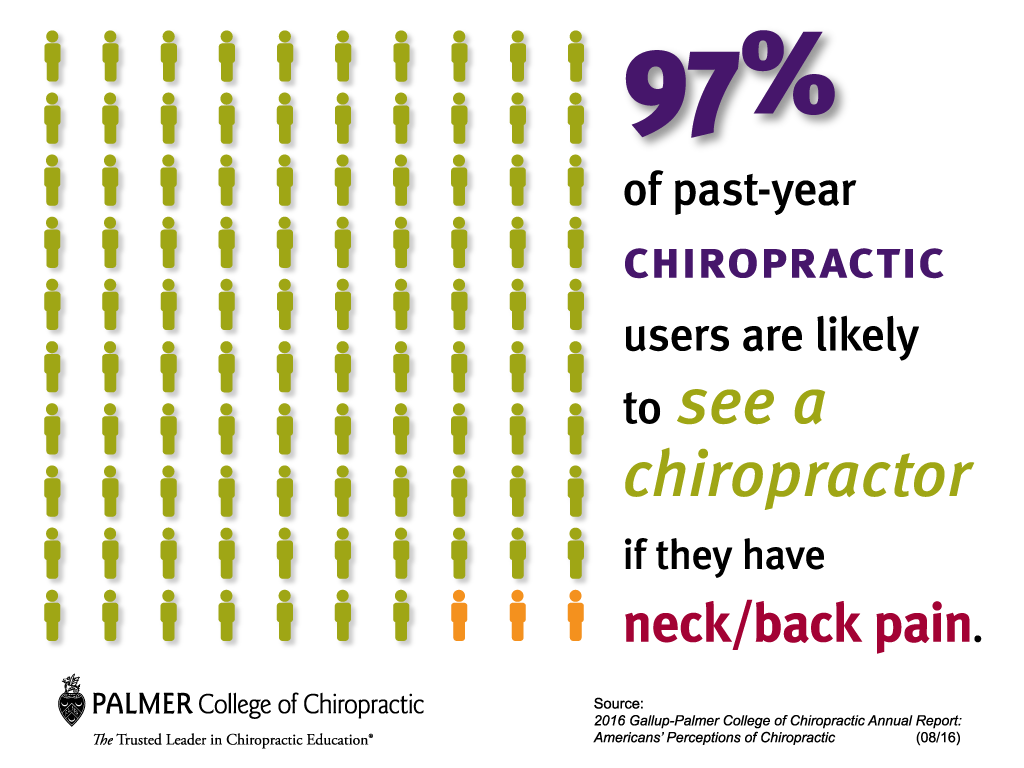The Relationship Between Pain In The Back And Your Health And Wellness: Typical Conditions And Their Signs And Symptoms
The Relationship Between Pain In The Back And Your Health And Wellness: Typical Conditions And Their Signs And Symptoms
Blog Article
Short Article Produced By-Keller Butcher
If you're experiencing back pain, your body could be attempting to tell you something more than just pain. The way your back feels can provide beneficial ideas regarding your total well-being. Understanding the particular type of pain you're feeling and any accompanying symptoms is key to unwinding the secret behind your discomfort. Allow's explore the usual problems and signs and symptoms related to various types of neck and back pain to clarify what your body might be signaling.
Types of Back Pain
When it concerns pain in the back, there are different kinds that you might experience. One common kind is muscle discomfort, often brought on by overuse, strain, or injury to the muscular tissues and tendons sustaining the spinal column. This kind of pain can range from mild discomfort to severe and incapacitating pain.
An additional kind is nerve discomfort, which can arise from conditions like herniated discs or sciatica. Nerve pain usually presents as a sharp, shooting experience that emits down the leg.
Joint pain in the back can come from issues like joint inflammation or sacroiliac joint dysfunction. This kind of discomfort is usually felt in the lower back and can be intensified by particular motions.
Additionally, neck and back pain can be connected to structural issues such as spinal stenosis or vertebral cracks. Recognizing the kind of pain in the back you're experiencing is crucial in establishing the ideal therapy and management methods.
Common Effects to Watch For
Relocating past the numerous kinds of pain in the back, it is necessary to acknowledge the common signs that can signal underlying concerns.
Persistent neck and back pain that gets worse with movement or at night could show a much more major trouble. Feeling numb or prickling in the legs or feet, specifically when accompanied by weakness, may indicate a nerve-related problem. If you experience abrupt fat burning in addition to pain in the back, it could be a sign of a more systemic condition.
Pay attention to any kind of modifications in bladder or bowel feature, as this could be connected to spine compression. Fever, chills, or evening sweats combined with neck and back pain might signal an infection. Keep an eye out for discomfort that emits down one or both legs, potentially a measure of sciatic nerve pain.
Health And Wellness Conditions Linked to Pain In The Back
If you experience neck and back pain, it's critical to recognize the possible wellness conditions linked to this pain. y strap chiropractic tool can be a signs and symptom of different underlying problems, including muscular tissue stress, herniated discs, osteo arthritis, back stenosis, and also conditions like kidney rocks or infections.
Muscle stress are common and frequently result from raising hefty things or unexpected movements.
Herniated discs occur when the soft tissue between vertebrae protrudes, creating nerve irritability.
Osteo arthritis, a degenerative joint condition, can result in back pain as cartilage wears down.
dr shram , the narrowing of the spine canal, can tax nerves.
Kidney stones might create intense pain in the back if they relocate into the urinary system.
Infections like back osteomyelitis can also materialize as pain in the back. Recognizing these potential health conditions can aid you look for appropriate healthcare and monitoring for your neck and back pain.
Verdict
So, following time your back injures, focus on the sort of pain and accompanying symptoms. It could be a signal from your body about underlying health problems like muscle pressure, nerve concerns, joint issues, or even architectural concerns. By acknowledging these indications, you can take proactive steps to address the root cause of your pain in the back and improve your total wellness and health.
